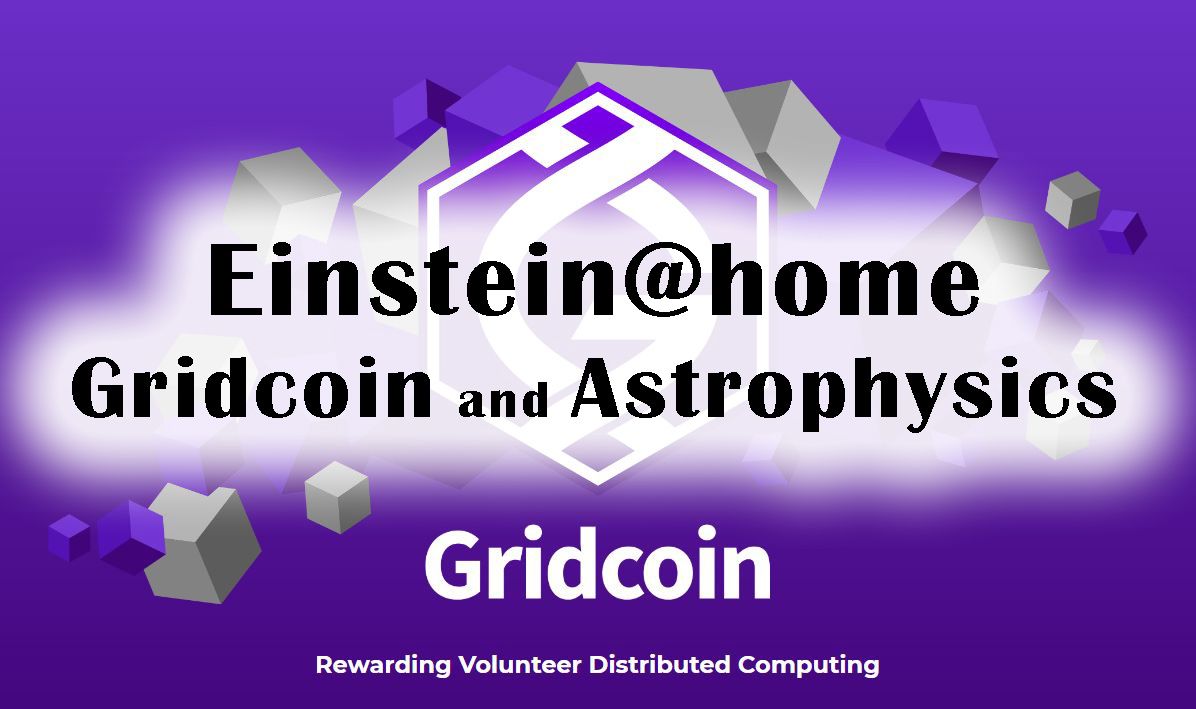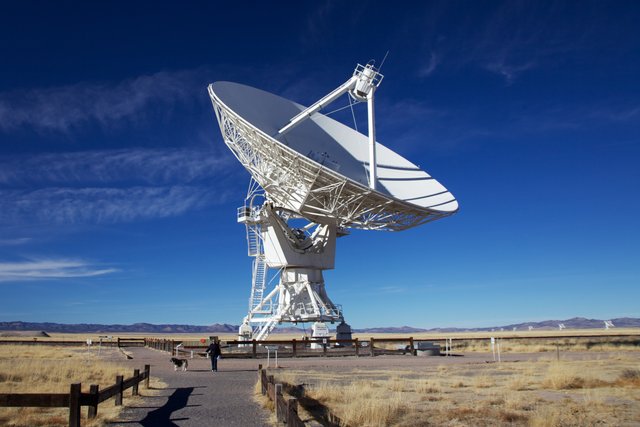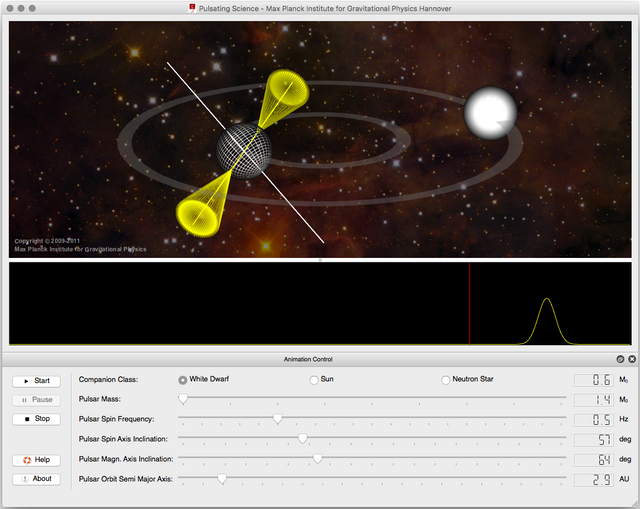Radio pulsars and astrophysics. Gridcoin powered scientific discoveries.
Welcome to the series of posts I write about the project Einstein@home, powered by Gridcoin and BOINC.
I find this project to be one of the most exciting, ever whitelisted in the Gridcoin community. Astrophysics will always need a lot of computation power in order to process all the received data from the telescopes, continuously collecting tremendous amounts of information.
Radio pulsars were first discovered in 1967 by Jocelyn Bell and Anthony Hewish in Cambridge, UK, and since then they have been one of the most exciting fields in the astronomical researches. There is only some basic knowledge about how the pulsars work, but some more complicated physical processes are yet to be discovered. For instance what is the internal structure of such objects, what kind of particles do they consist of, how’s exactly the radiation created.
But how exactly the researches are made.
First of all, the pulsars are being found with their exact locations. The telescopes scan various sections of the interstellar space. But because the space radiation travels through various zones, clouds of gas and dust. This disturbs the movement of the radio waves traveling through them.
Radio telescopes observe a wide range of frequencies, so they has to be corrected for this dispersion. Since dispersion depends on the unknown distance to the pulsar and various other parameters it’s being corrected for 628 trial values of dispersion. This process, called "dedispersion", is done on the Einstein@Home servers.
Because the signals of radio pulsars are unique and they are not being sinusoidal but still are pulsed, the frequency analysis will show various frequency components at the fundamental frequency and at integer multiples of the fundamental frequency. Combination of all these components is a well-known hack during pulsar searches and increases to a great extent the sensitivity of the search. This summation is the last step is processed on the participating users' computers. Eventually, a list of the most significant pulsar candidates is sent back to the Einstein@Home servers and analyzed by the participating scientists in the project.
How can this help for the search of Gravitational Waves?
With the results generated by this pulsar search, the better understanding about how many binaries with neutron stars may be out there in total is generated. A bigger set of pulsar binaries with already found sky positions and orbital parameters is achieved. Pulsars of course emit a wide range of gravitational waves by a variety of sposobs in the sensitive frequency range of the detectors, which are ground based. The results from the radio pulsar search enable the Einstein@home scirntidts receive a set of so-called "targeted searches" for gravitational waves from binary pulsars in data of the LIGO, VIRGO, or GEO 600 gravitational wave observatories. After that the big telescopes have the task to gain further informarion about the parameters of the pulsars.
Furthermore, these new pulsars can serve as calibration sources for the gravitational wave space observatory LISA which should be launched by the end of this decade. Here, the gravitational waves emitted from the orbital motion in the mHz range would be detectable.
Will you participate in this project? Of course your help is volunteering, and you will of course receive some valuable Gridcoin as a reward for your precious idle computer’s resources.
Helpful links:
https://einsteinathome.org/ - the main website of the project.
https://www.gridcoin.us/ and https://gridcoin.science/ - official Gridcoin websites
https://boinc.berkeley.edu/ - BOINC client instructions and download.




With the advent of SPARC (https://alpha.sparc.network/dashboard.html) and Einstein@home's re-enabling of team signups, I've turned it back on. BTW, I saw an early prototype of LIGO when I was at Caltech.
You just planted 0.01 tree(s)!
Thanks to @rufusfirefly
We have planted already 3949.07 trees
out of 1,000,000
Let's save and restore Abongphen Highland Forest
in Cameroonian village Kedjom-Keku!
Plant trees with @treeplanter and get paid for it!
My Steem Power = 18656.80
Thanks a lot!
@martin.mikes coordinator of @kedjom-keku
Great post 👍
Einstein@Home is truly an interesting project on the BOINC Platform. There's so much out there that we try to understand and this project is one small step forward in that understanding.
I found this project to be among the most exciting. Pulsars are maybe one of the most difficult objects to be observed and explored.